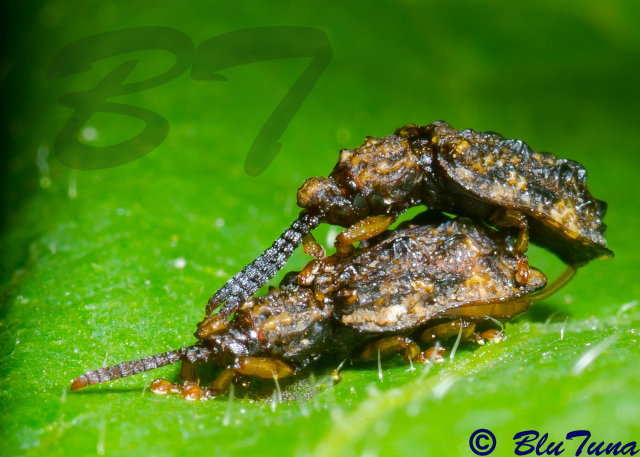Garden Fruit Chafer Pachnoda sinuata
Family Scarabaeidae. Subfamily Cetoniinae. Tribe Cetoniini
Darling (Western Cape), December 2015 © arks
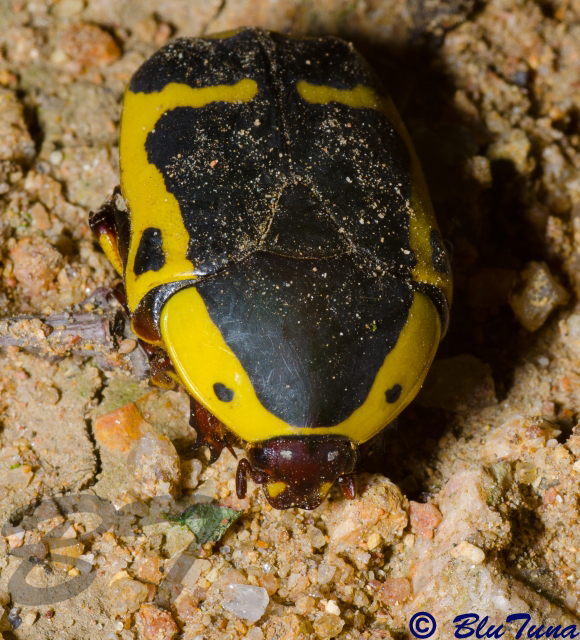
© BluTuna
Garden in Johannesburg
Description
This species is large with a smooth carapace. Adults reach a length of up to 25 mm. These beetles have a slightly flat, robust body with a yellow colour on the ventral side of the body and dark brown on the dorsal surface of the body. The coloration is also broken by yellow spots and a transverse yellow line across the rear of the forewings. The head is dark brownish with two long yellowish patches on each side of it and two oval white spots above the eyes. These colours help deter predators from eating them.
Distribution
South Africa and Namibia.
There are several subspecies. The species
P. sinuata flaviventris is most common.
P. sinuata calceata lives in the succulent Karoo and Pre-Namib of the Western/Northern Cape Province and Namibia.
Habitat
Garden fruit chafers are commonly found in orchards and gardens.
Biology
Adult beetles feed on flowers and fruit, often destroying them in the process which makes them unpopular with gardeners. While commonly found on exotic plants like roses and camellias, these beetles also feed on a range of indigenous plants including Acacia. They feed on overripe fruit, and favour roses, reason why they are also known as 'rose beetles' and fruit chafers. The beetle bores into the soft, ripe flesh of almost any fruit to extract the juices.
Adults lay their eggs in manure and compost heaps or among plant roots. The female makes several little balls of dung or compost and lays an egg in each of them. The tiny larvae feed on the decaying vegetable debris and plant root contents of these balls, before transforming into pupae. The pupae develop inside large, egg-shaped protective clay shells.
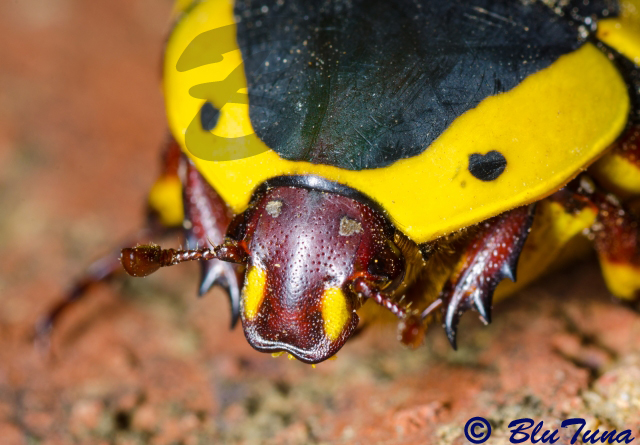
© BluTuna
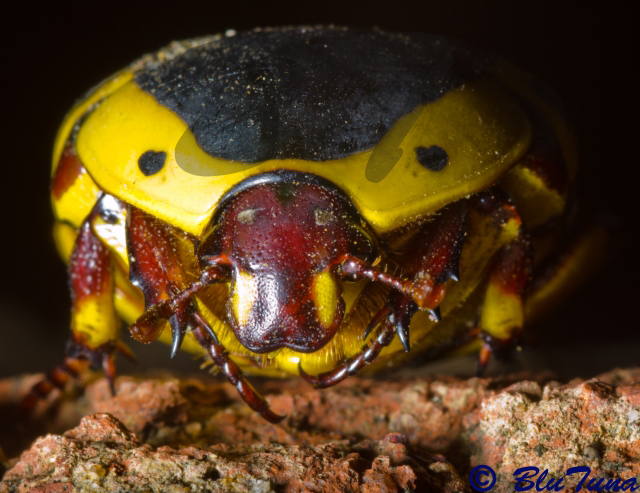
© BluTuna
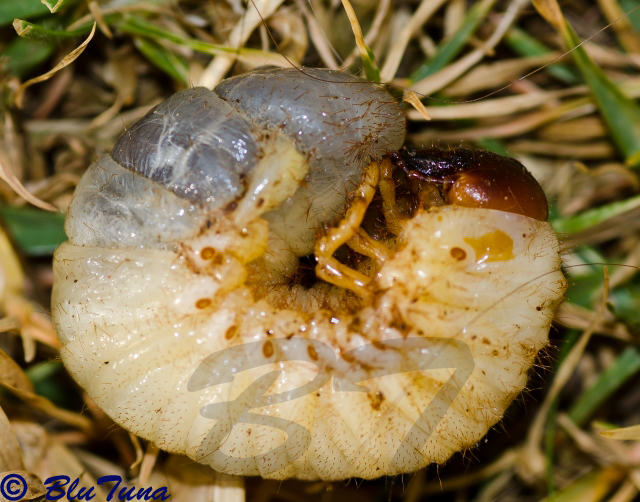
© BluTuna
My dog dug it out of a flowerpot filled with sawdust.
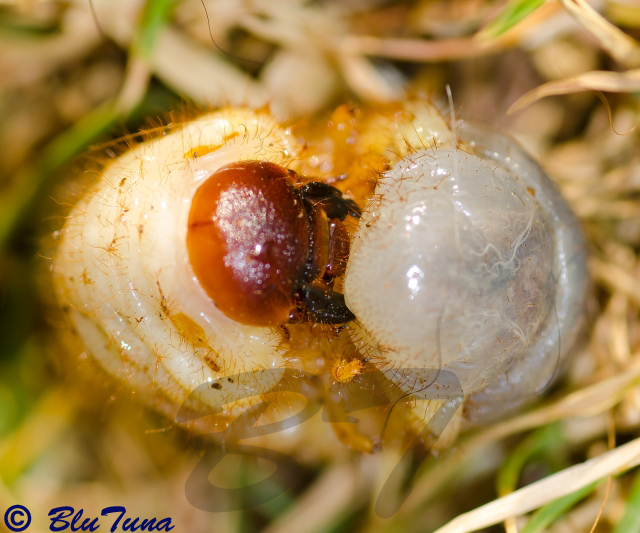
© BluTuna
Grub (soft-bodied larval stage of the Fruit Chafer)
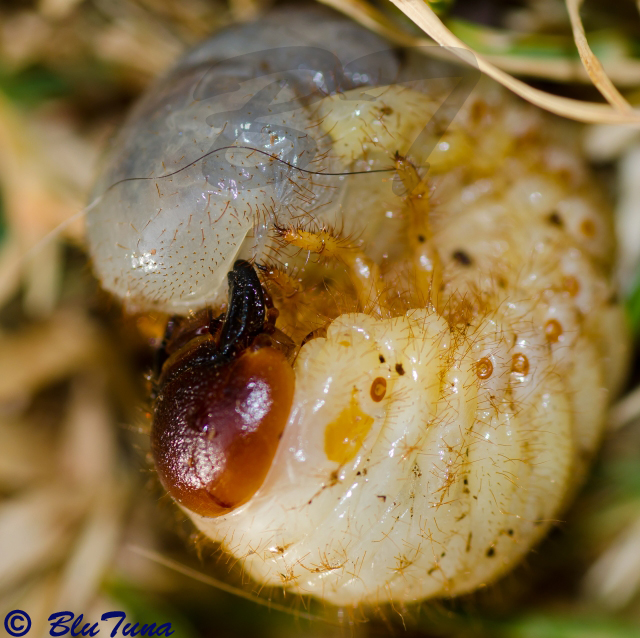
© BluTuna
Garden in Johannesburg.
Hunting cannot be considered a sport as all contestants in a sport should know they are playing the game!
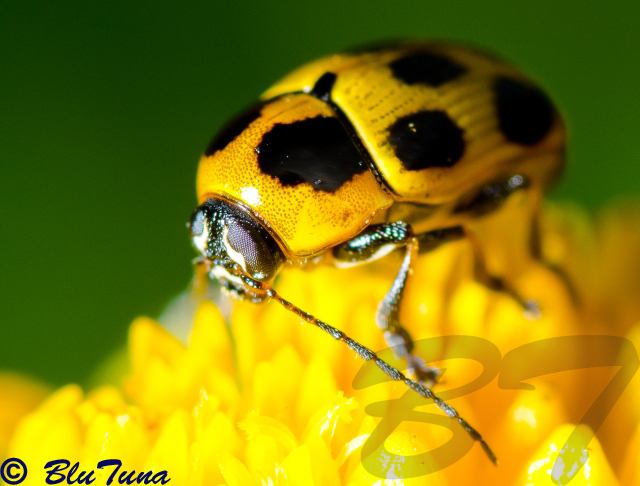 © BluTuna
© BluTuna © BluTuna
© BluTuna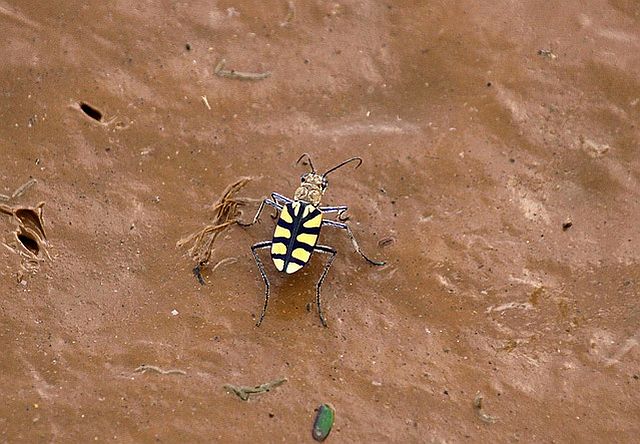 © leachy
© leachy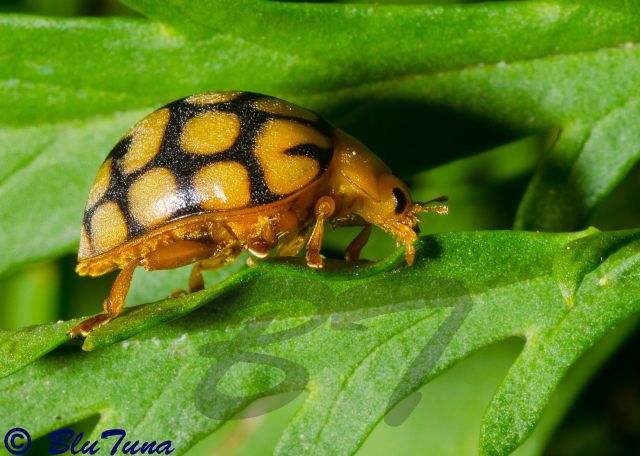 © BluTuna
© BluTuna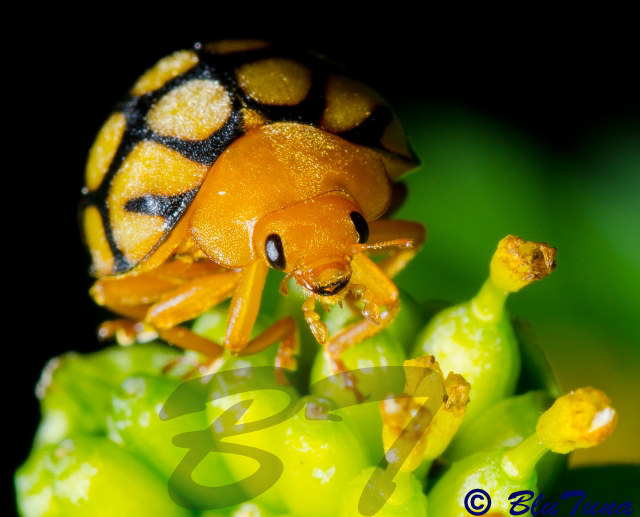 © BluTuna
© BluTuna © BluTuna
© BluTuna © BluTuna
© BluTuna © BluTuna
© BluTuna © BluTuna
© BluTuna © BluTuna
© BluTuna © BluTuna
© BluTuna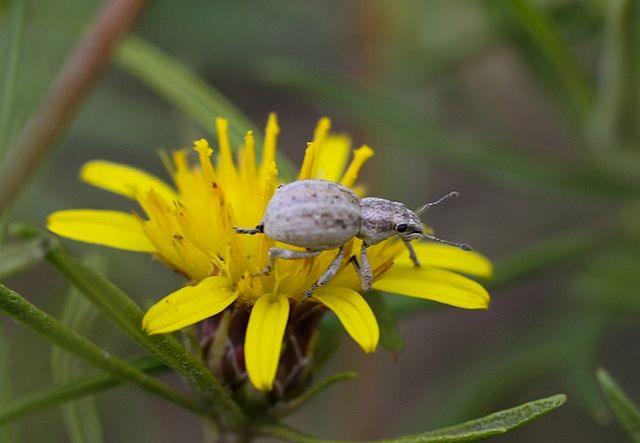 © Super Mongoose
© Super Mongoose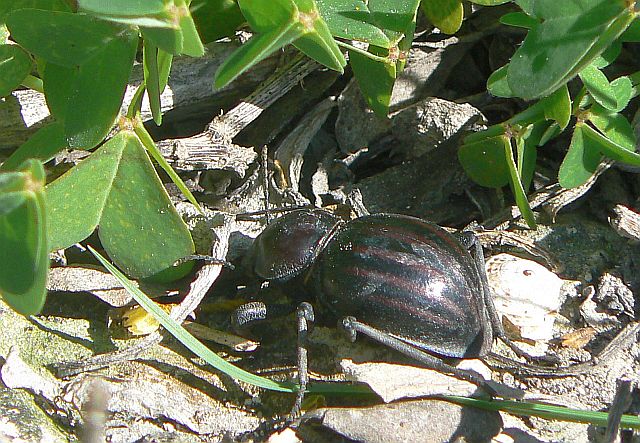
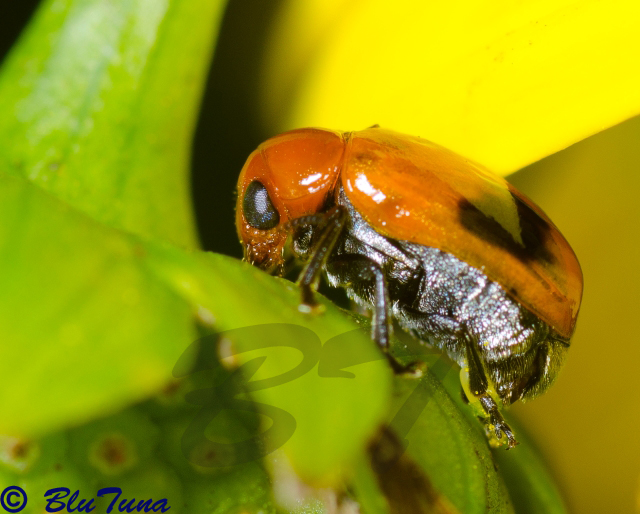 © BluTuna
© BluTuna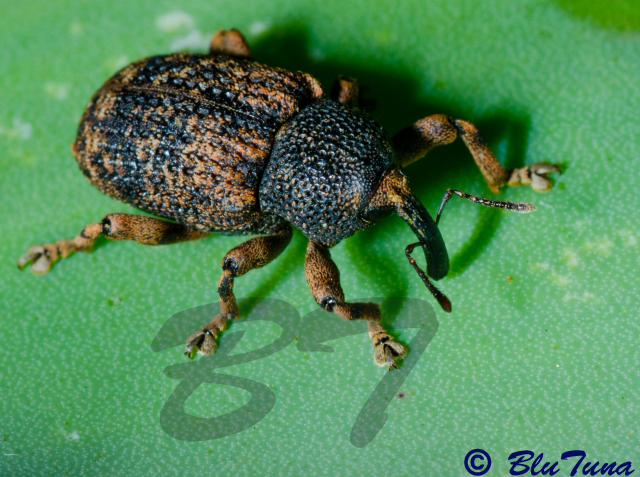 © BluTuna
© BluTuna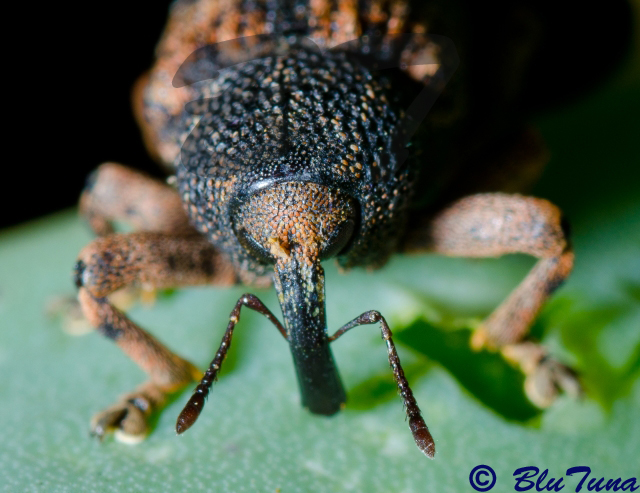 © BluTuna
© BluTuna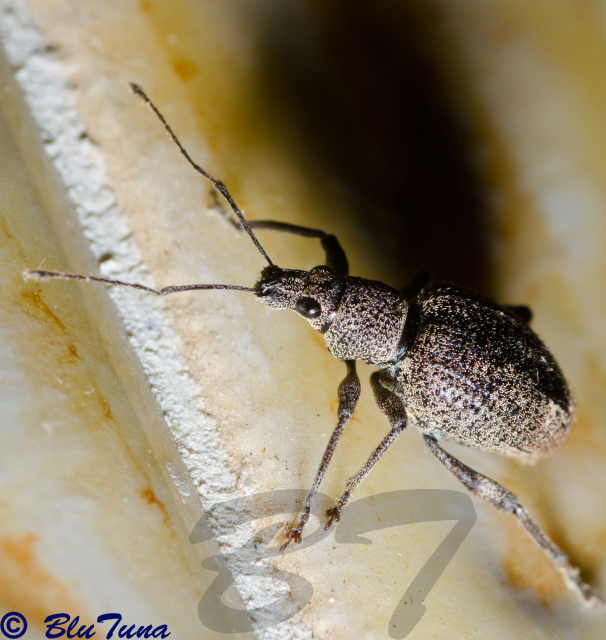 © BluTuna
© BluTuna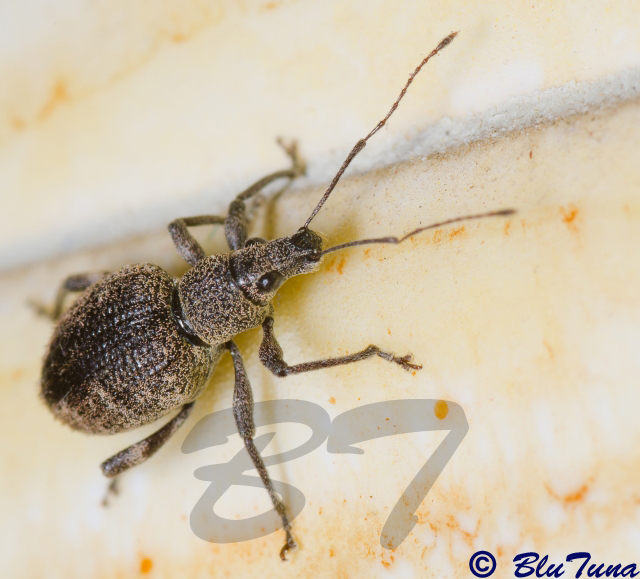 © BluTuna
© BluTuna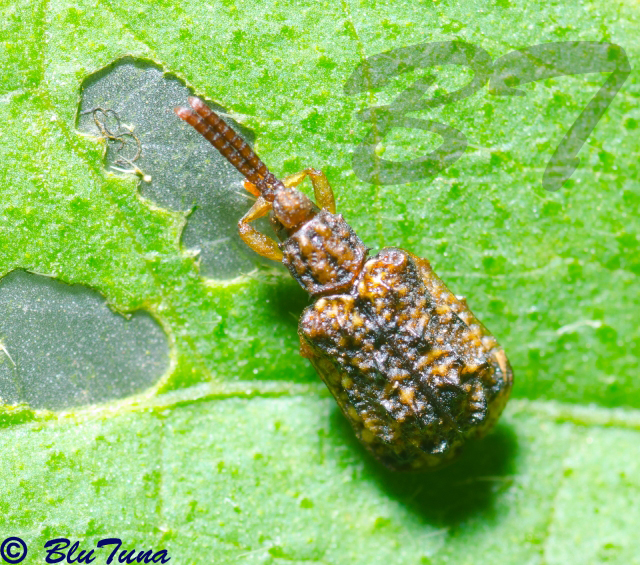 © BluTuna
© BluTuna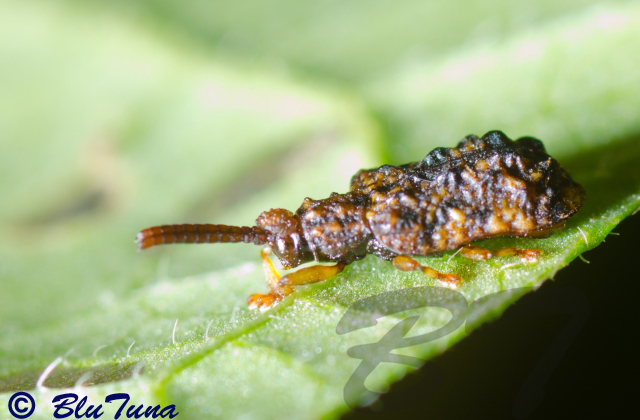 © BluTuna
© BluTuna